Do you know pen-reared or raising quail are in high demand for their benefits, from food to entertainment?
Though small, quails provide sustainable eggs and meat, which are excellent for taste and health.
Mostly, small-scale farmers or hobby farmsteads have been raising quail for the following benefits.
1. Easy to Raise and Care For
I often recommend that beginners raise chickens in their initial days, but quails can be an alternative these days.
They are smaller than chickens and other homestead animals raised for food. So they can be easily handled and placed from the backyard to the patio or other places.
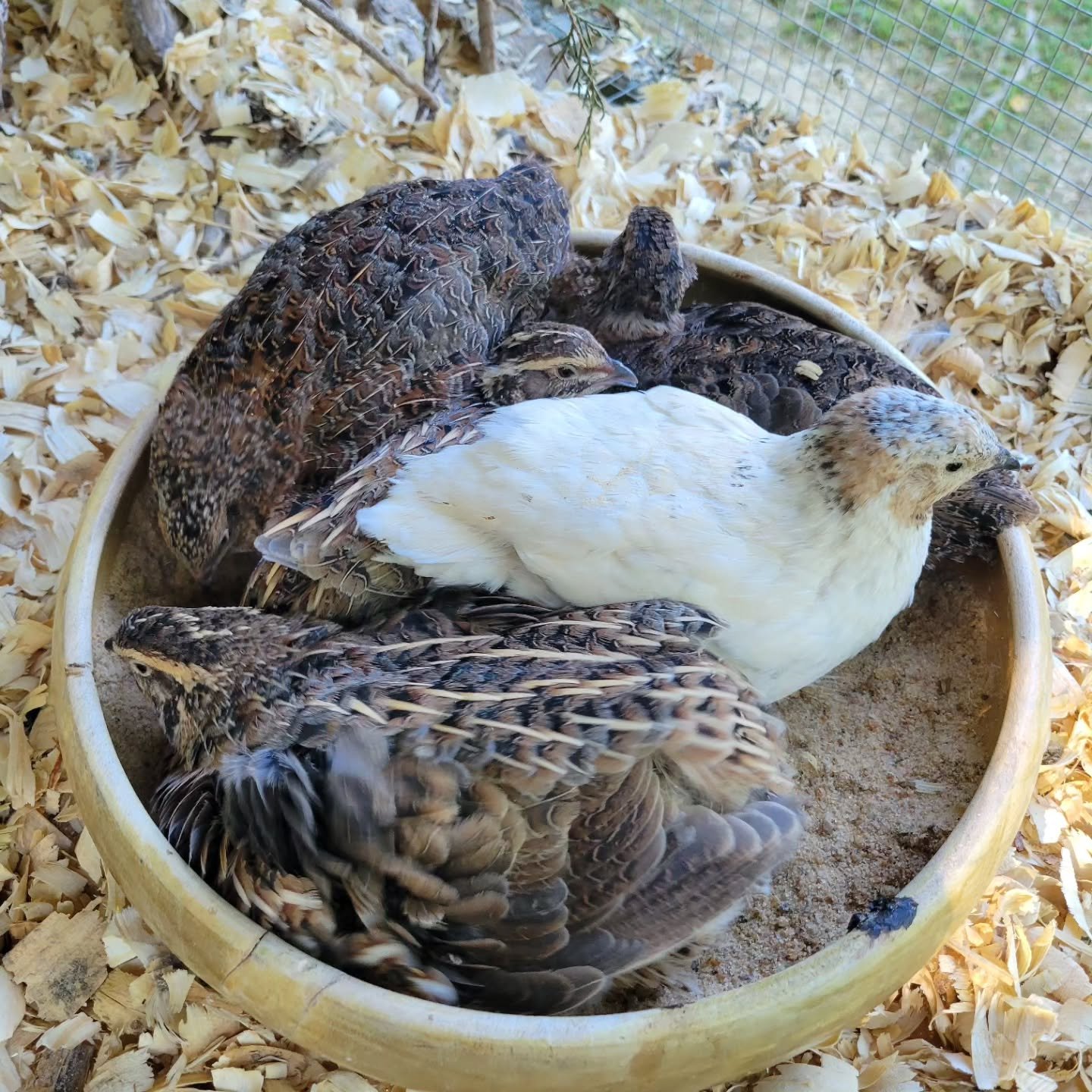
Also, you need not worry too much about monitoring the birds.
Keepers only place them out in the aviary or ground enclosure and check food and water daily.
There are several quail breeds for eggs and meat to choose for quail farming at your backyard.
2. Small-Space Friendly
Quails are small gamebirds that are comfortable in small pens and aviaries.
Besides, they also do well in the chicken coop or rabbit hutch. Small numbers of birds also thrive in small bird cages temporarily until you find some other suitable shelter for them.
If you lack horizontal space, no worries.
Vertical farming is perfect for quails. For this, you need to install multi-stories of pen.
Remember, quails need 1 – 3 square feet of space per bird. Also, take care of shelter height as they can fly hard to harm themselves.
So, quails are ideal for ideal for urban or small-scale homesteads.
3. Quick Egg Production
While chickens and ducks take 6 – 7 months to lay eggs, quails often start giving eggs 6–8 weeks.
If they don’t at this time, don’t worry. A few quails also mature and lay eggs in 10 – 12 weeks, which is still faster laying than other domestic birds.
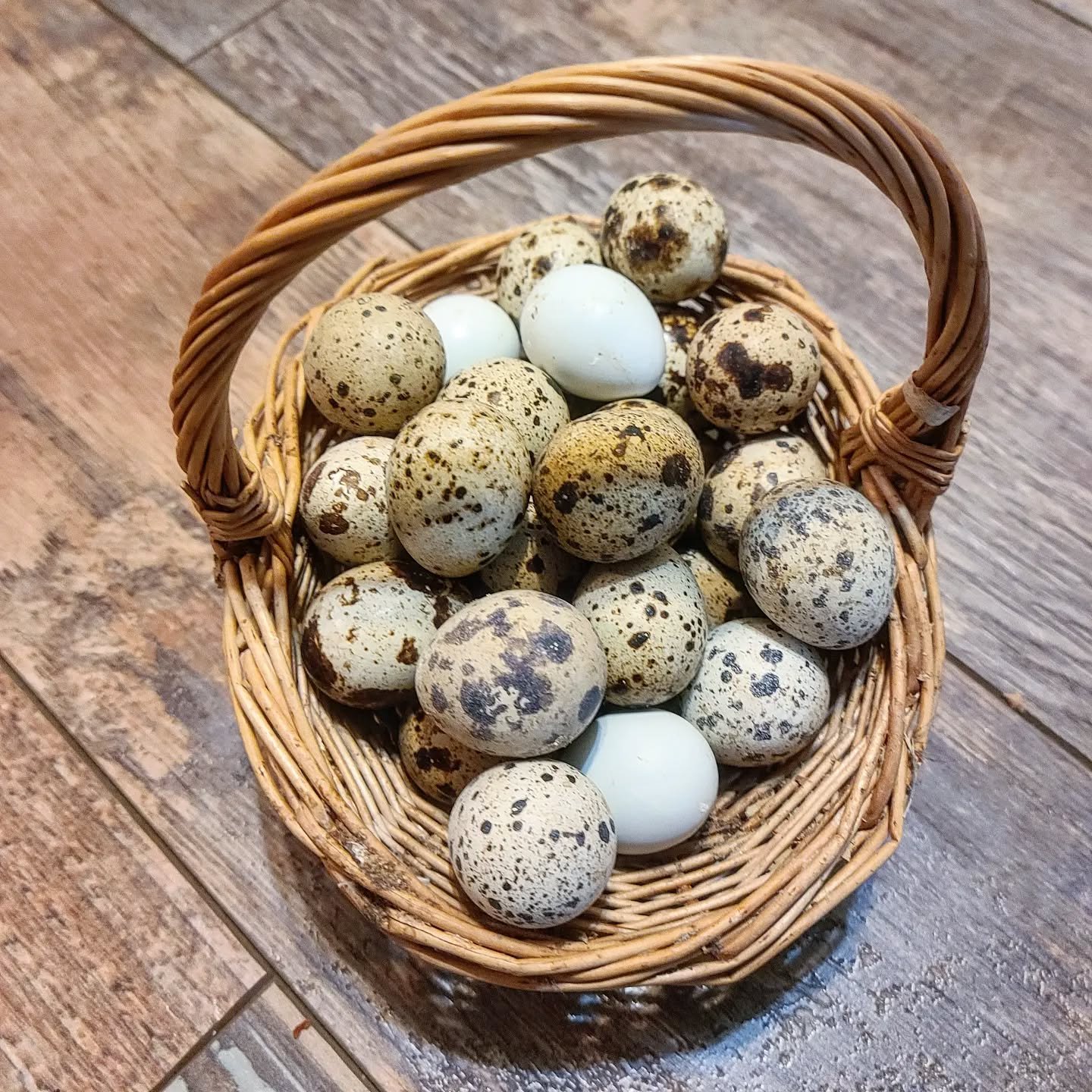
These small birds are prolific layers with 200 – 300 eggs per year.
Also, they can lay eggs consistently throughout the year, even in winter. You can expect one egg per day.
You need to identify and fix quail problems to encourage their laying. Their laying productivity remains quite high in the first two years of their lifespan.
Unlike other birds, female quails don’t need males to lay eggs. You can raise hens only for eggs as food.
But if you want them to hatch new birds, install some roosters with every one male to 3 – 6 females.
4. High-Quality Eggs
Though quail eggs are smaller in size, they contain rich nutrients like protein, vitamins (A, D, K and B), and minerals.
Their yolk and white egg ratio is balanced (50/50), with higher yolk to chickens. So, quail eggs are more beneficial than chickens.
Eggs are in high demand in niche markets from health-conscious individuals. People with chicken or duck egg allergies often prefer quails’.
They help enhance the immune system and bone health and control diabetes.
These eggs also help boost healthy skin, prevent hair loss, and support weight loss.
5. Fast Growth and Breeding Cycle
You need not wait for a long time to raise quails.
They have faster growth from one to four weeks and show their gender behaviors from 5 – 6 weeks.
Quails can gain 6 – 7 grams of weight daily and mature around 6 weeks. These birds also reproduce quickly, with dozens of eggs in a short time.
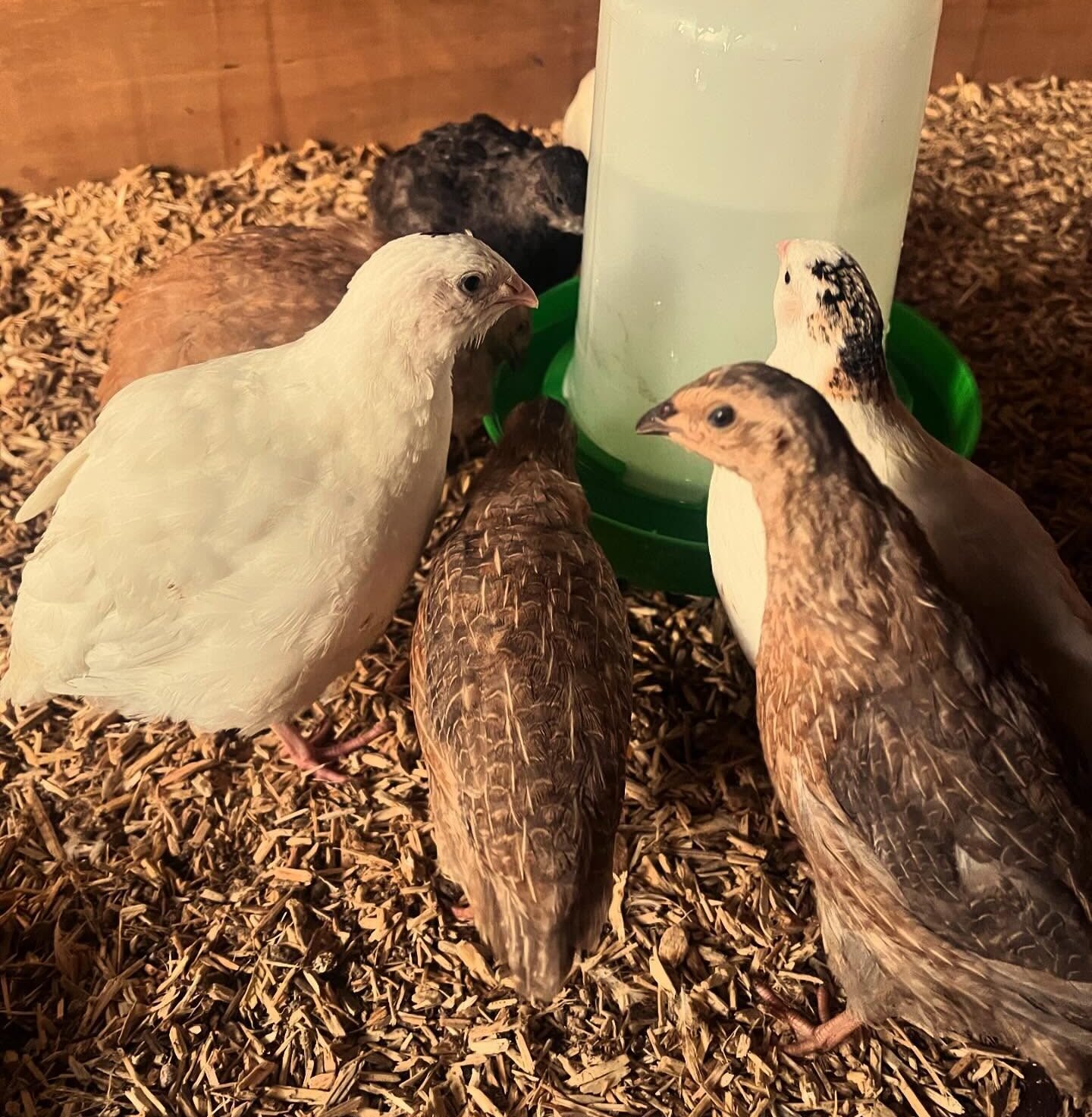
After collecting eggs, I often hatch 20 – 30 eggs weekly, and the success rate is also high (70%).
Birds naturally incubate for 18 days. But if you perform force or artificial incubation, it may take only 14 days.
You can expect quails to be ready for table bird within as quickly as 35 days.
6. Affordable to Feed and Maintain
Quails require less feed compared to larger poultry. They only eat 1.5 ounces daily.
If you own a backyard garden, congratulations, you will save money on feeding your birds. They feed on shredded plants, such as leafy, green vegetation.
You can also give them grains and seeds of wheat, barley, berries, and rice.
Some small insects can also be their food.
If you have not grown foods for quails, you can provide them with commercial poultry pallets.
Besides, quails are low-maintenance birds that require only shelter, water, and lighting. The birds have short sleeping hours, so you must pay extra for the electricity bill in winter.
They require lights for around 15 hours daily.
So, you can expect each bird to cost roughly $2 to $4 for feed and maintenance. This will be the cost after the setup, such as pen or aviary, feeder, waterer, and other utilities.
7. Excellent Source of Meat
Quails produce an 80:30 meat-to-bone ratio, which is excellent compared to chicken.
Bones are also delicate, small, and chewable. So, a whole bird is edible without wasting anything. They are in high demand in niche gourmet markets and among health enthusiasts.
Hey, have you tasted the quail meat?
Meat is lean, tender, dark, and juicy. I find their meat a mixing chicken and duck flavor.
Though they taste a bit gamey, you can remove this by soaking the quail meat in a jar of water and refrigerating it for a few hours. You can also prepare a simple salt-water brine.

Meat is a good source of calcium, iron, and zinc. It also contains high protein and choline, which is good for brain health.
Besides, quail eggs and meat are rich in selenium, antioxidants, and essential fatty acids.
This helps the consumer better immunity and skin health, manage anemia, enhance eyesight, and benefit sugar patients.
Don’t worry! Quails are small and easy to appetize.
8. Low Noise Levels
Quails are social birds living in the group.
They produce less noise compared to chickens and ducks. When they take wings, they make a sound like a crear-crear or squawk alarm call.
They make low noise when they find something suspicious or potential threat.
You can notice a repetitive low, croaking noise, which is not very disturbing in the neighborhood or at the homestead.
This makes quails suitable for urban settings.
9. Hardy Birds
Quails are generally more resistant to common poultry diseases such as Marek’s Disease, Coccidiosis, and Bird Flu.
So, you need not pay extra money for medical facilities.
The birds are also cold hardy, which can tolerate temperatures down to -20°F. They have warm feathers that help them survive heavy snow and freezing temperatures.
But if you want to raise quails around -40°F, install heating amenities. Also, provide extra insulation against cold wind and snowfall.
They also don’t bother when the environment is around 100°F.
Anyway, quails have lower mortality rates, which means less stress for keepers.
Besides, they can fly, which helps them avoid predators such as foxes, striped skunks, and raccoons.
10. Sports Birds
My grandfathers often kept quails for our dogs and entertainment.
Quails are often raised for hunting, selling, and training dogs. If you’re a hunter, you might like to keep quails for their flighty nature, which can enhance your sports experience.
They are small and take effort to target.
This also helps your dogs to excel in their ambushing and catching ability. For the sports, you need a big homestead or open area.
They are easy to breed with a maximum success rate in enormous quantities quickly.
Also, raising these birds is inexpensive, so they make sports birds.
They can be a good alternative to rabbits for sports.
11. Bonus
Quail farming is sustainable farming that requires fewer resources (feed, water, space). Also, they have a lower carbon footprint compared to larger livestock.

The manure of waste from quails also makes natural fertilizer for growing organic backyard gardens.
There are several other benefits of raising quail. Keeping quails also helps preserve them, balancing the ecosystem.
Also, it can be a booster to making avid homesteaders, enhancing animal-raising skills.
Final Thoughts
Quail farming is profitable and popular in niche markets such as organic farming, gourmet restaurants, and pet enthusiasts.
I often share my birds with other homestead products in our homestead community. You can also do the same if your network needs it.
Start with Coturnix quails, which are readily available everywhere and have several different varieties.
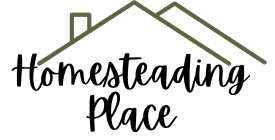


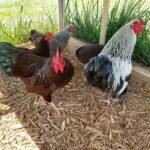
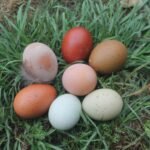





Leave a Reply